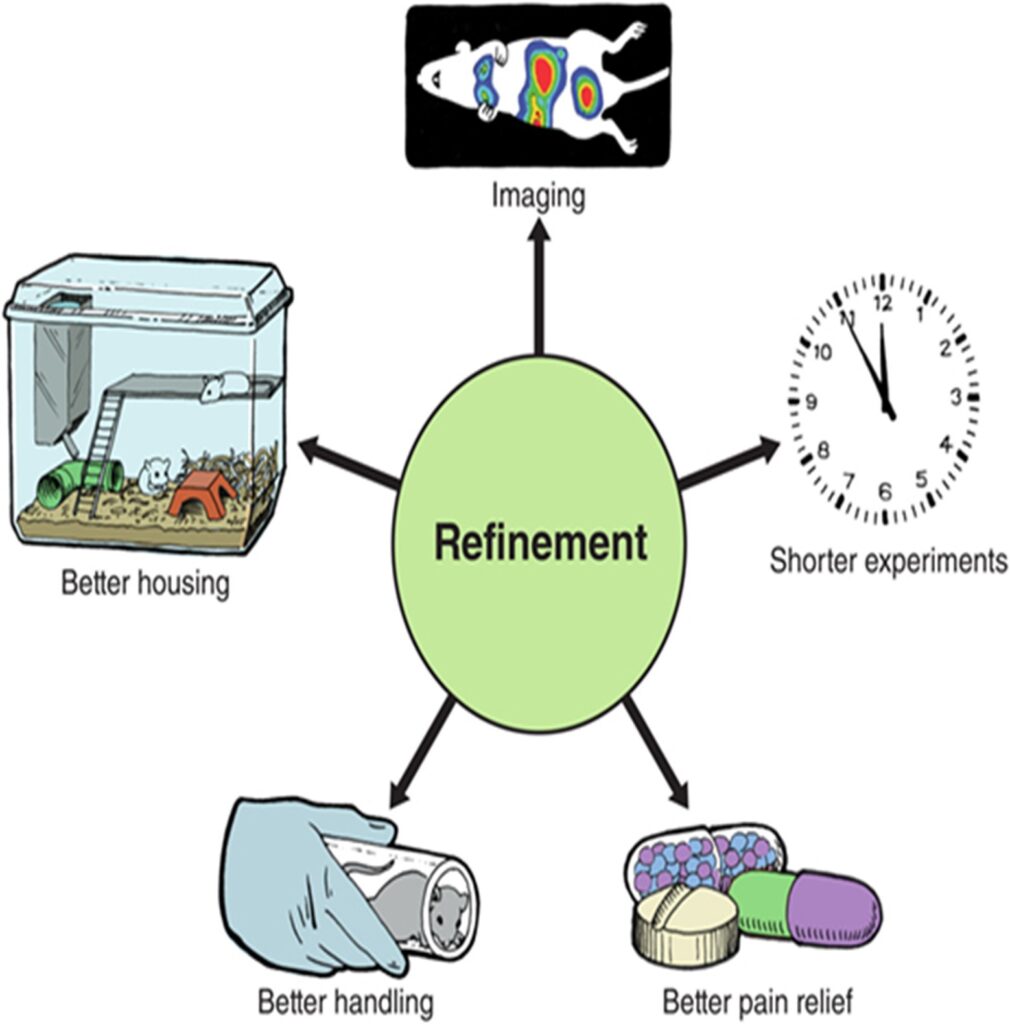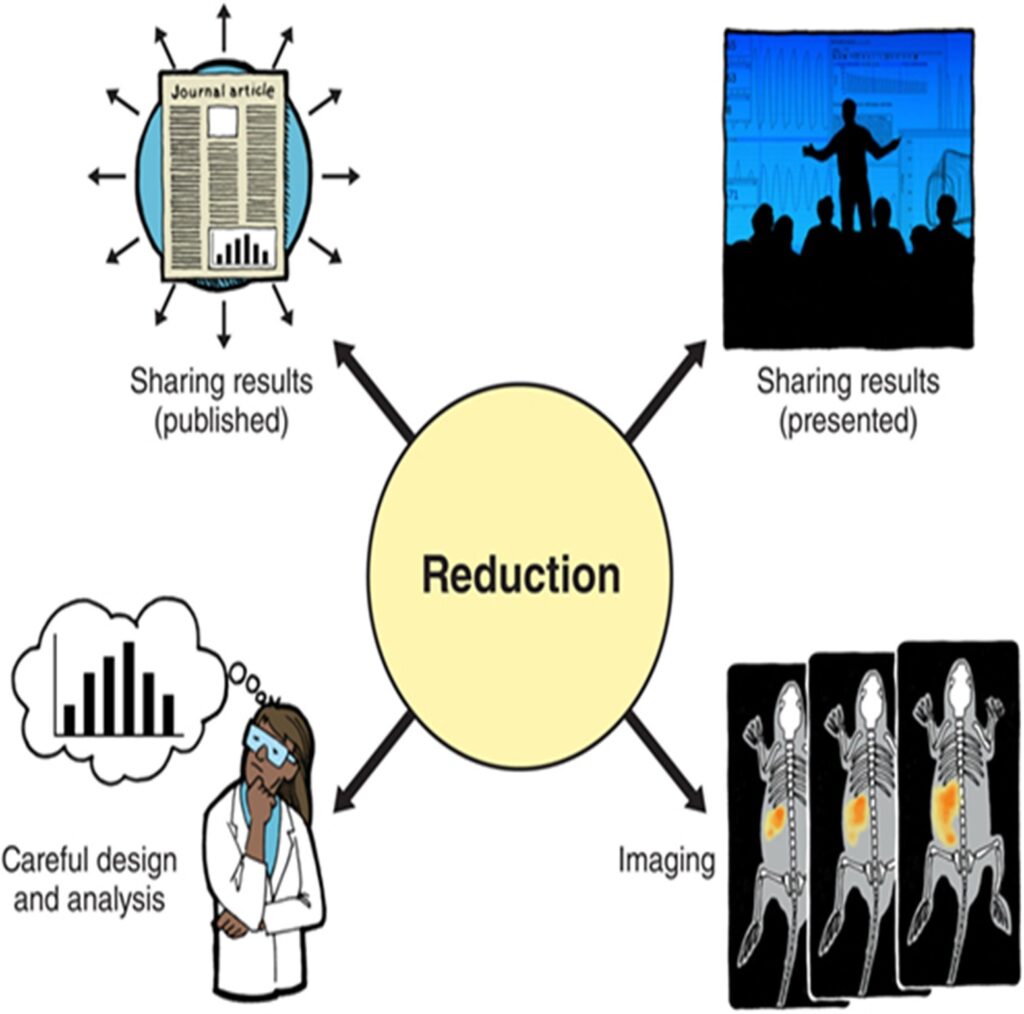“Artificial intelligence has high potential to solve many real-world problem”. (Srivastava et al., 2022)
Proteins play variety of role in our body like muscle contraction and digestion of food. Accurate computational approaches are required to determine a single protein structure. Predicting the 3D structure of the protein depends on its amino acid sequence. “Proteins” forms structural blocks of life. Proteins have different shape and functions. This function depends on the shape of proteins. Understanding the folding of proteins is challenging one. (Srivastava et al., 2022)
Proteins folding takes place inside endoplasmic reticulum of cells through the process of translation (Figure 1). Proteins should be accurately folded into explicit three-dimensional shapes for their function. (Srivastava et al., 2022)

(https://naturejournals.org/index.php/animalbio/ab-modules/technologies/protein-synthesis/)
We have first computational method “Alpha fold” that predicts the structure of proteins with atomic accuracy. (Jumper et al., 2021)
In 22 July 2021 alpha fold was launched by Googles DeepMind that aimed to predict the 3D structure of biomolecules using ML technology. Machine learning (ML) is an artificial intelligence strategy used for locating small molecules to distinguish the binding structure for drugs. Alpha fold also utilizes amino acid sequence to predict the 3D structure of proteins. Googles alpha fold won the 14th critical assessment of structure prediction competition. It has incredible architecture which not only predicts the structure, also predicts refines the predicted 3D structure to get the best model among them. It follows a repetitive process to increase accuracy of its prediction. The region of high accuracy gets high score vice versa. This does not depend on accuracy of the whole predicted protein model. Amino acids present in the protein are paired and the distance between them is predicted along with the angle of chemical bond connecting those amino acids (figure 2). (Srivastava et al., 2022)

(https://medium.com/the-21st-century/alphafold-ai-for-protein-structures-prediction-3395bc44a00e)
DeepMind collaborated with European Molecular biology laboratory and published a database with over 200 million protein shape from 21 model organism.
References
Jumper, J., Evans, R., Pritzel, A., Green, T., Figurnov, M., Ronneberger, O., Tunyasuvunakool, K., Bates, R., Žídek, A., Potapenko, A., Bridgland, A., Meyer, C., Kohl, S. A. A., Ballard, A. J., Cowie, A., Romera-Paredes, B., Nikolov, S., Jain, R., Adler, J., & Back, T. (2021b). Highly accurate protein structure prediction with AlphaFold. Nature, 596(7873), 583–589. https://doi.org/10.1038/s41586-021-03819-2
Srivastava, P., Shreyansh Suyash, & N. Jayapandian. (2022). Artificial Intelligence based System in Protein Folding using Alphafold. 2022 International Conference on Automation, Computing and Renewable Systems (ICACRS) 750-755. https://doi.org/10.1109/icacrs55517.2022.10029190
BLOG 2
THE 3Rs IN DRUG DISCOVERY
The 3Rs Principles builds the strong foundation for ethical animal research.

https://blog.biobide.com/the-3rs?hs_amp=true
Animal testing plays a vital role in biological and biomedical research. 3Rs in preclinical testing ensures rational and respectful use of laboratory animals with respect to ethical consideration. (Gorzalczany et al., 2021)
3Rs is to modify traditional animal testing method so that animal experiment is minimized wherever possible. William Russell and Rex Burch introduced 3Rs in their book “The Principles of Human Experiment Technique” in the year of 1959 that ensure the welfare of animals used in research. (Hubrecht et al., 2012)
Replacement
- Replacement includes human volunteers, computer software models, and in vitro techniques.
- Invertebrate’s animals which have minimum neurophysiologic sensitivities are used.
Different alternative models are available for researchers to proceed research on drug discovery which is also cost effective and produce robust results. Zebrafish and daphnia are beneficial alternative methods because of their advantages (Figure:2).

Figure 2: Alternative Animal Model https://blog.biobide.com/hs-fs/hubfs/graph(3)-1.jpg?width=900&name=graph(3)-1.jpg
Refinement
Refinement includes improvement to scientific procedures and husbandry which reduce pain, suffering, harm and focus on animal welfare. (Doke et al., 2015)
- Proper Anesthesia
- Housing and husbandry
- Improved Trapping procedure
- Small invasive instrument


https://kids.frontiersin.org/articles/10.3389/frym.2018.00044
Reduction
Reduction involves minimizing the number of animals used for research and maximizing the information collected from given group of animals. (Doke et al., 2015)
Well-designed experimental technique · In vitro cell culture· Human hepatocyte culture
Applications of 3Rs

https://blog.biobide.com/the-3rs?hs_amp=true
Cosmetics and fragrances
3Rs reduce animal testing for eye, skin sensitivity, systemic toxicity and Genotoxicity. In 1998 the UK banned fragrance products and their ingredients on animals.
Agrochemicals
3Rs reduce the use of animals in testing products for plants. Development of the Zebrafish embryo model was biggest found in the field.
Tabacco industry
3Rs reduce respiratory testing with animals and replacing with the human like model and non-animal testing methods.
References
Gorzalczany, S. B., & Rodriguez Basso, A. G. (2021). Strategies to apply 3Rs in preclinical testing. Pharmacology Research & Perspectives, 9(5), e00863. https://doi.org/10.1002/prp2.863
Medicine (US), I. of, & Council (US), N. R. (2012). Advancing the 3Rs in Neuroscience Research. In www.ncbi.nlm.nih.gov. National Academies Press (US). https://www.ncbi.nlm.nih.gov/books/NBK100118/
The 3Rs of Animal Research: Applications & Alternative Models. (n.d.). Blog.biobide.com. https://blog.biobide.com/the-3rs?hs_amp=true
Hubrecht, R. C., & Carter, E. (2019). The 3Rs and Humane Experimental Technique: Implementing Change. Animals, 9(10), 754. https://doi.org/10.3390/ani9100754
Doke, S. K., & Dhawale, S. C. (2015). Alternatives to animal testing: A review. Saudi Pharmaceutical Journal, 23(3), 223–229. https://doi.org/10.1016/j.jsps.2013.11.002
Blog 3
ALTERNATIVES AVAILABLE TO REPLACE ANIMALS IN DRUG RESEARCH
Increased in research and development in the field of drug discovery the number of animals used in research has also increased. Every year around “millions” of animals used for the research globally. During the experimental test the pain, distress and death experience undergone by the animal was on debate for a long time. (Doke et al., 2015)
In drug discovery process animals are involved in pre-clinical studies (figure 1).

https://www.researchgate.net/profile/PreciosaColoma/publication/263279722/figure/fig1/AS:614036697800704@1523409165728/Overview-of-the-traditional-process-of-new-drug-development-Notes-During-new-drug.png
Animal research and testing has played a part in almost every medical breakthrough of the last century. It has saved hundreds of millions of lives worldwide. -Joan Ryan (https://www.azquotes.com/picture-quotes/quote-animal-research-and-testing-has-played-a-part-in-almost-every-medical-breakthrough-of-joan-ryan-77-87-94.jpg)
COMPUTER MODELS
Numerous computer software’s helps to understand the basic principles of various biological models. Without undergoing an animal testing, potency and toxic effect of drug is predicted using advanced software’s and using the data obtained the most promising molecule is taken for in vivo experiments. (Vedani et al., 1991)
For example, molecules produce their therapeutic action by binding to the particular receptor for this in vitro experiment plays a vital role. In that case software like computer aided drug design (CADD) predict the binding site of the new molecule which avoids testing of chemical molecules on animals that has no biological activity. (Vedani et al., 1991)
CADD are divided into two types (figure 2).

https://www.researchgate.net/profile/Dr-Prajapat/publication/322065181/figure/fig2/AS:575746319499265@1514280027221/Drug-Discovery-Process-Figure-2-Computer-Aided-Drug-Design.png
Structural activity relationship (SARs) studies the structural features of a molecules, like presence of functional groups to relate its biological activity. (Knight et al., 2006)
CELL/TISSUE CULTURE
In vitro cell/tissue culture involves growth of cell/tissue outside body in controlled laboratory environment is best alternative methods. Cell culture has more benefits as they are easy follow-up, minimum time and cost effective. (Shay et al., 2000).

(https://youtu.be/9BvTFowr0rI?t=5)
ALTERNATE ORGANISM
Many restrictions have been proposed over use of higher-level vertebrates like Guinea pig, rats, dogs, and monkey so use of alternative organism has been proposed. (Doke et al., 2015)

References
Doke, S. K., & Dhawale, S. C. (2015). Alternatives to animal testing: A review. Saudi Pharmaceutical Journal, 23(3), 223–229. https://doi.org/10.1016/j.jsps.2013.11.002
Knight, A., Bailey, J., & Balcombe, J. (2006). Animal Carcinogenicity Studies: 3. Alternatives to the Bioassay. Alternatives to Laboratory Animals, 34(1), 39–48. https://doi.org/10.1177/026119290603400119
Shay, J. W., & Wright, W. E. (2000). The use of telomerized cells for tissue engineering. Nature Biotechnology, 18(1), 22–23. https://doi.org/10.1038/71872
Vedani, A. (1991). [Computer-Aided Drug Design: An Alternative to Animal Testing in the Pharmacological Screening]. ALTEX, 8(1), 39–60. https://pubmed.ncbi.nlm.nih.gov/11182904